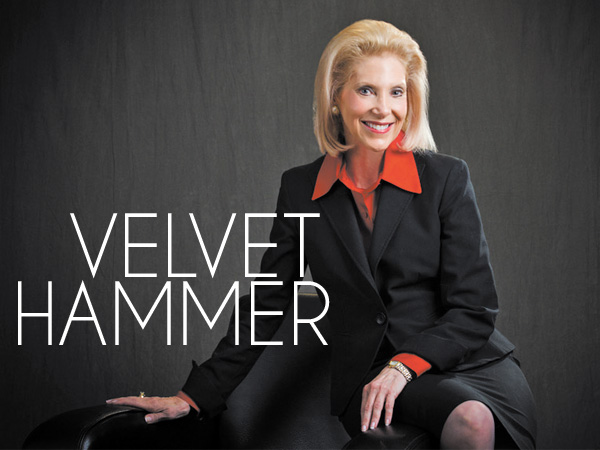Q: I just retired from a major corporation and
have decided to start a special events consulting
firm out of my home. Because I won’t be meeting
clients there, I want to set up a home office that’s
functional yet homey. Any hints?
—Taking care of business at home
A: I suggest you do some serious planning upfront to avoid making costly mistakes. That said, the first thing I would do is select a suitable area in your home where you feel you will be able to work most productively. The office space should have attributes conducive to conducting business: appropriate lighting, climate control and preferably be located away from possible disruptions and distractions. Next, I’d make a list of all business tasks you are likely to perform, such as making telephone calls and keeping business records. Doing this should help you figure out exactly which furnishings, equipment and supplies you’ll need to do your job effectively.
Along with a telephone, a computer and a printer also will be high on your list; but if you decide you’ll also need a copier or fax, consider getting an all-in-one machine that has print, copy, scanner, fax and telephone functions built in. Buying a single, integrated machine should save you time, money and valuable space. Another important element of any home office would be the primary workstation, which can just consist of a desk and chair. Do yourself a favor and invest in a well-matched desk and chair; these two pieces, together, should afford you easy access to materials without you having to strain to reach them.
After deciding on all the accoutrements, I would start creating a floor plan, complete with measurements, to decide how to arrange everything on your list. I’d plan the placement of your workstation first, then arrange everything else in relation to it. Your layout should afford you quick, unobstructed access to your desk and other frequented areas. Don’t be surprised if you have to go back and revise your plan/design several times to accommodate budget, space or other limitations. Finally, after completing the floor plan, turn your attention to decor and to choosing the materials, colors and styles that will make your home office an inviting place for you to work. Consider motifs that complement those found in other areas of your home, to help create a pleasing visual transition from home to office—and back again. If you’re unsure how best to create/implement a design plan, check out the many magazine/online articles dedicated to home office design, or consider hiring a design professional. But, before putting any plan into motion, be certain you understand all the costs, considerations and consequences of implementing it, and make sure it meets your needs.
[If you have a question for Joan, send it to business@townandstyle.com. Joan Lee Berkman is a marketing and public relations consultant.]
